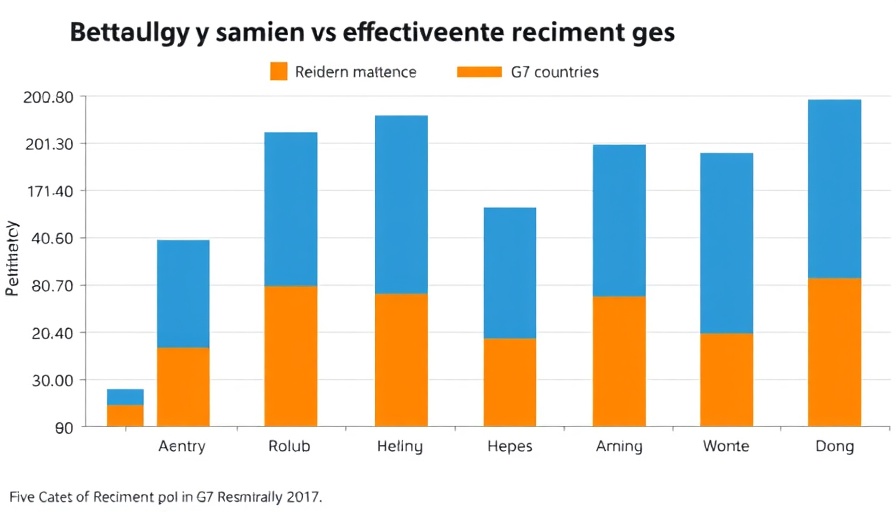
Judge Limits Disclosure of Workday's Customer List
In a pivotal decision, a federal judge has ruled that Workday Inc. can restrict the disclosure of its full customer list in an ongoing discrimination lawsuit. This ruling could reshape the narrative around how tech firms engage with their customers while dealing with legal challenges.
Implications for Workforce Strategies
The core of this lawsuit, Mobley v. Workday Inc., revolves around allegations of bias related to individuals opting into a collective action based on employer data. The proposed method that allowed these individuals to select employers from a customer list sparked concerns from Workday about unfair prejudice against their customers. This issue raises important questions on how transparency—or the lack thereof—can affect company reputations within the landscape of talent management and employee engagement.
Potential Risks and Challenges
While the judge, Rita Lin, acknowledged the possible prejudicial nature of disclosing Workday's customer list, one must consider the implications this ruling has on operational leaders across industries. Today's firms arguably can't afford to lose any competitive edge, especially in the realms of employee performance and succession planning. Limited transparency might offer short-term relief for Workday, but it could also shine a spotlight on its workforce strategy shortcomings moving forward.
A Future of People-First Leadership
This case underscores the larger conversation around people-first leadership practices. Many HR leaders recognize that the health of an organization is intrinsically linked to employee engagement and a high-performance culture. Companies that prioritize transparency and accountability not only build trust but also enhance their reputation as employers of choice.
Decisions HR Leaders Can Make
For CHROs and people leaders, the outcome of this case serves as a critical lesson. It advocates for stronger succession planning and employee retention strategies that foster a sense of inclusivity and fairness. As businesses face growing scrutiny, the path forward requires innovative workforce optimization that ensures every employee feels valued.
As HR professionals navigate the complexities of building a future-ready workforce, they must consider how litigation and transparency impact their organizational culture. Embracing technology while maintaining customer trust will be paramount in driving performance-driven leadership.
 Add Row
Add Row  Add
Add 




Write A Comment